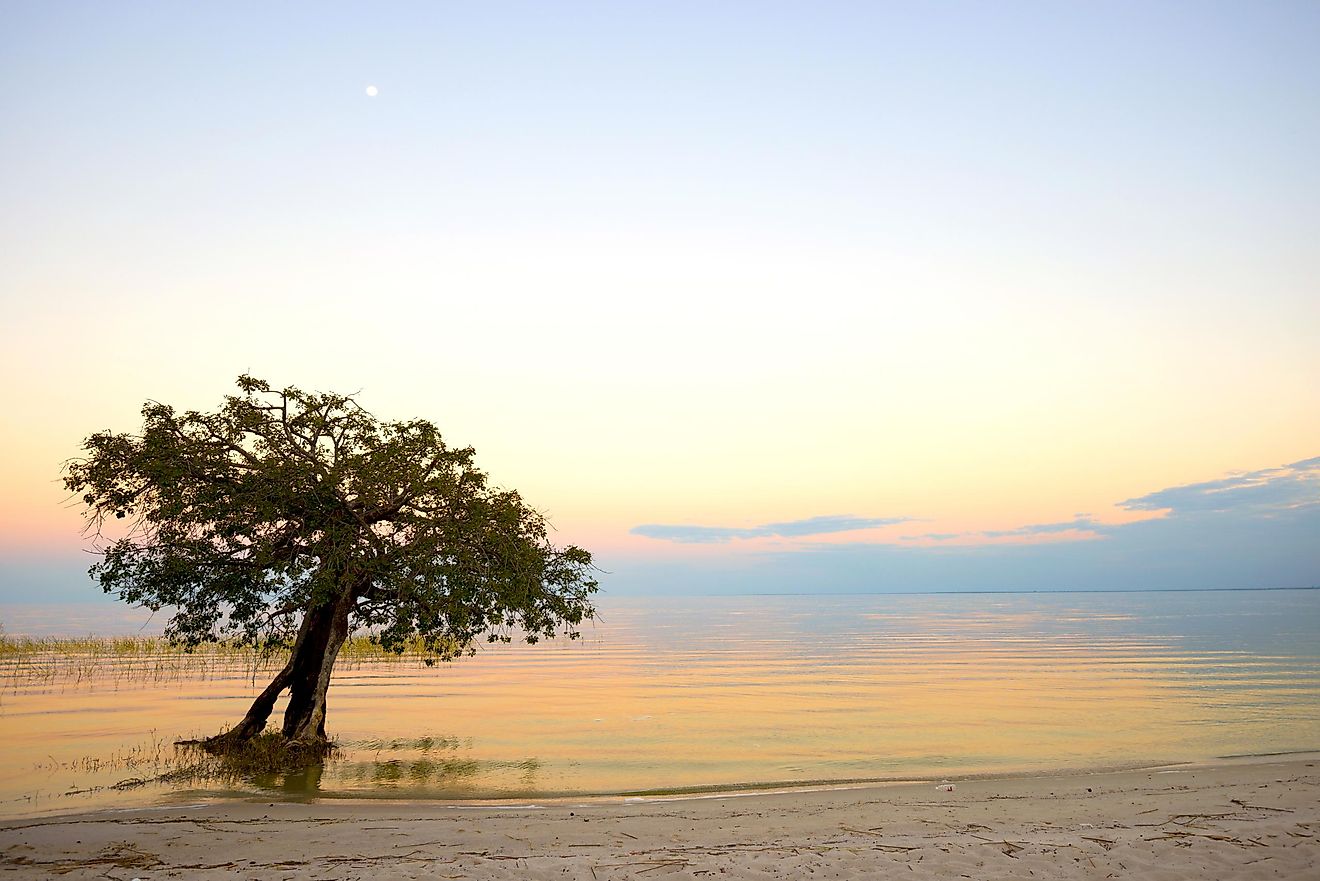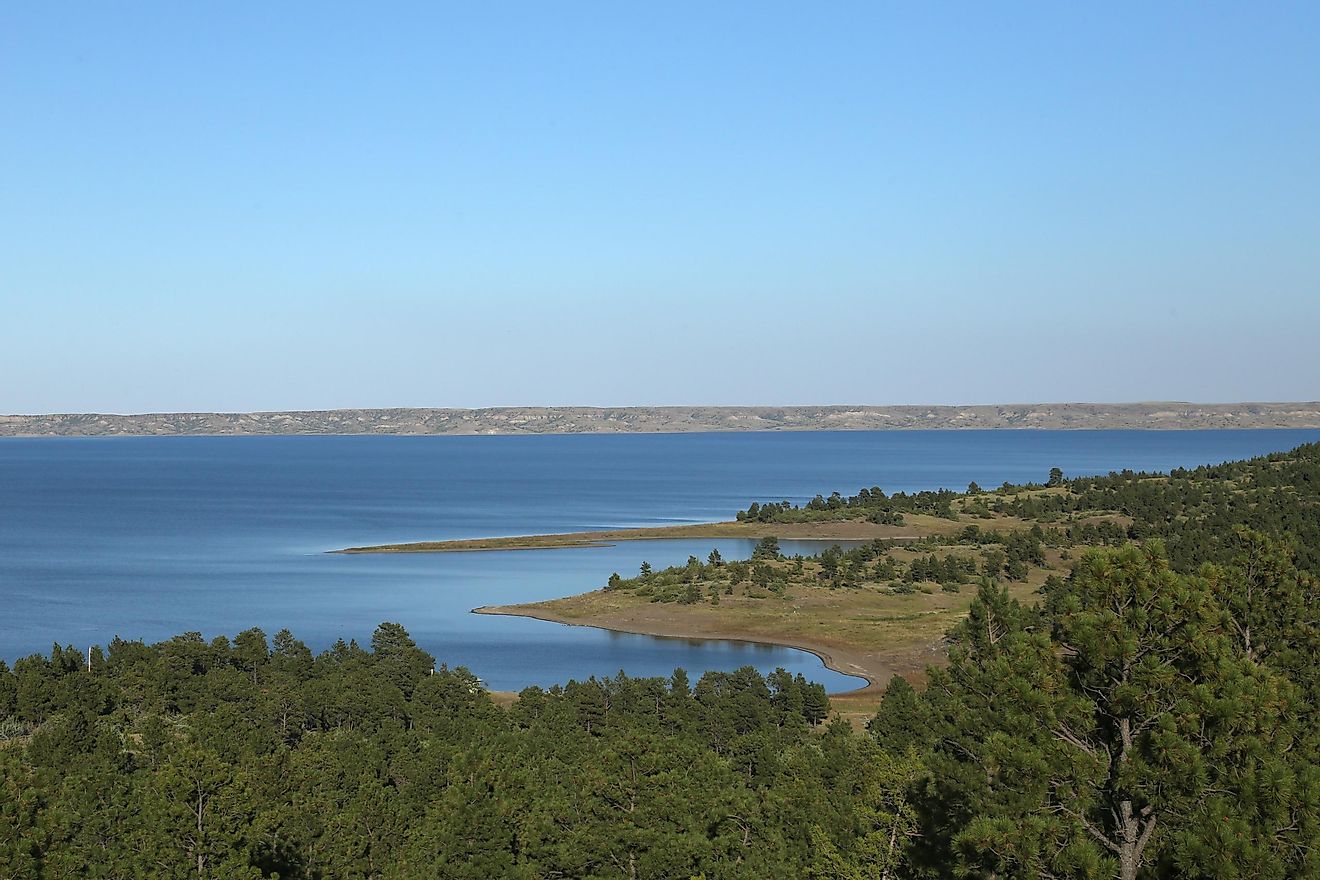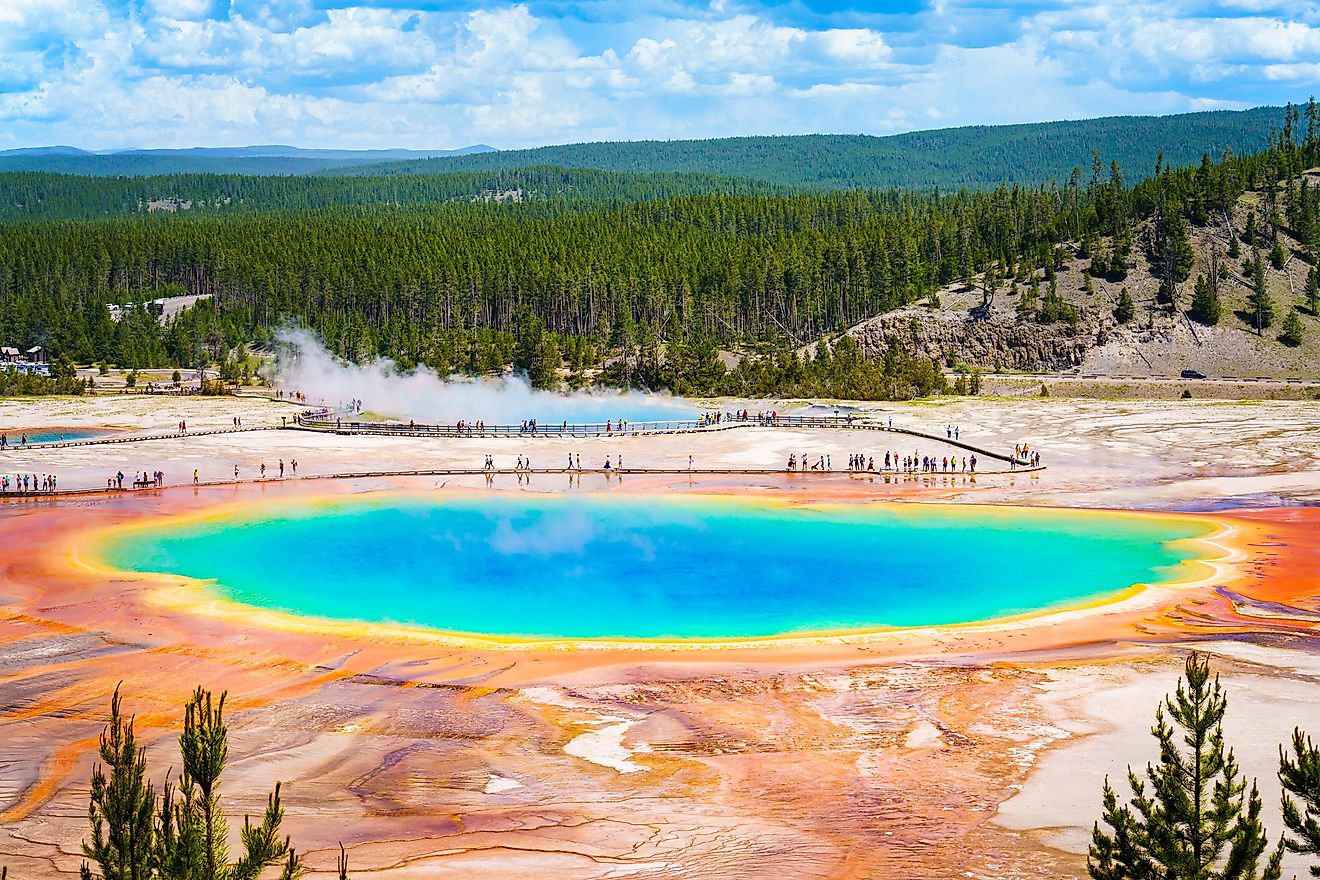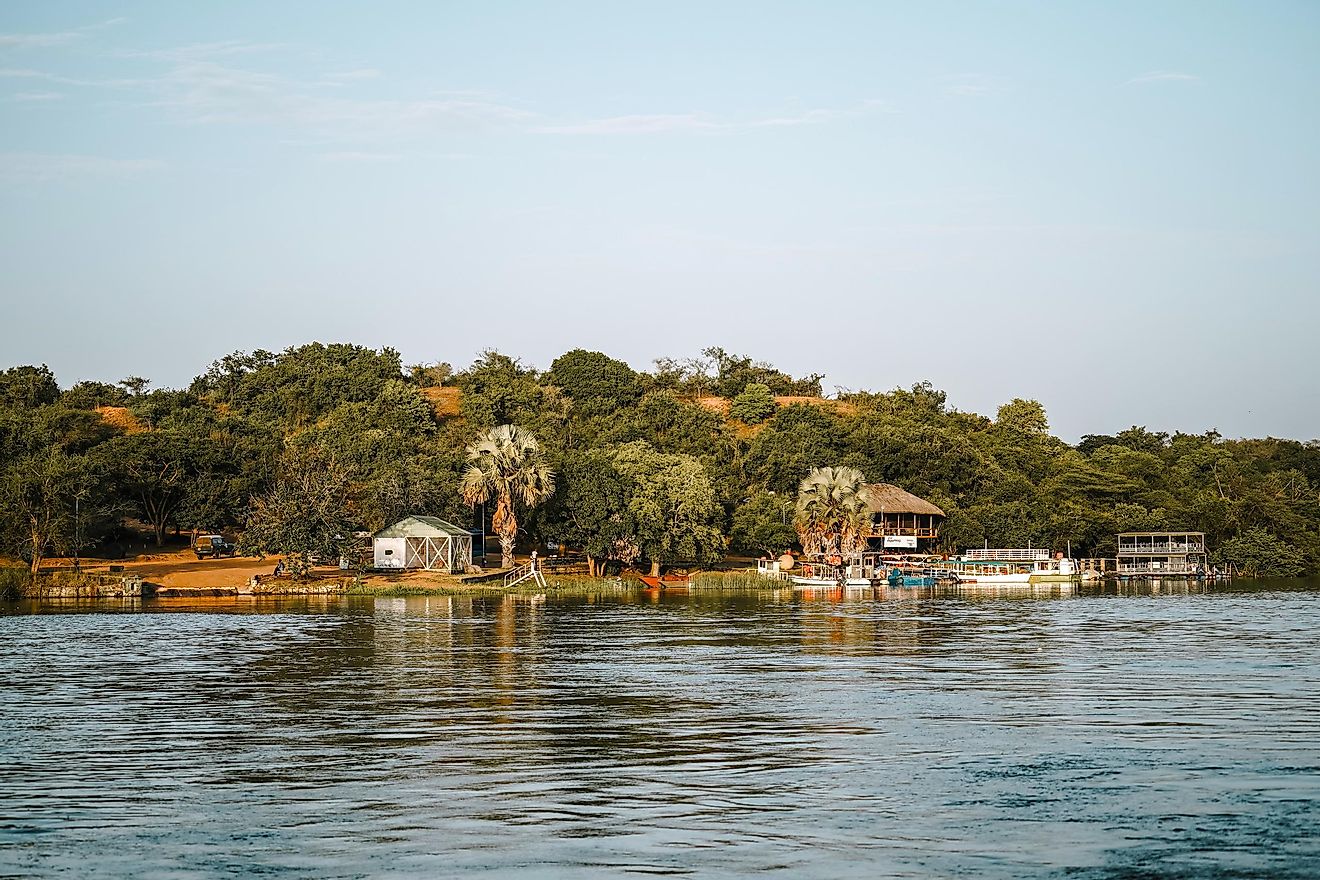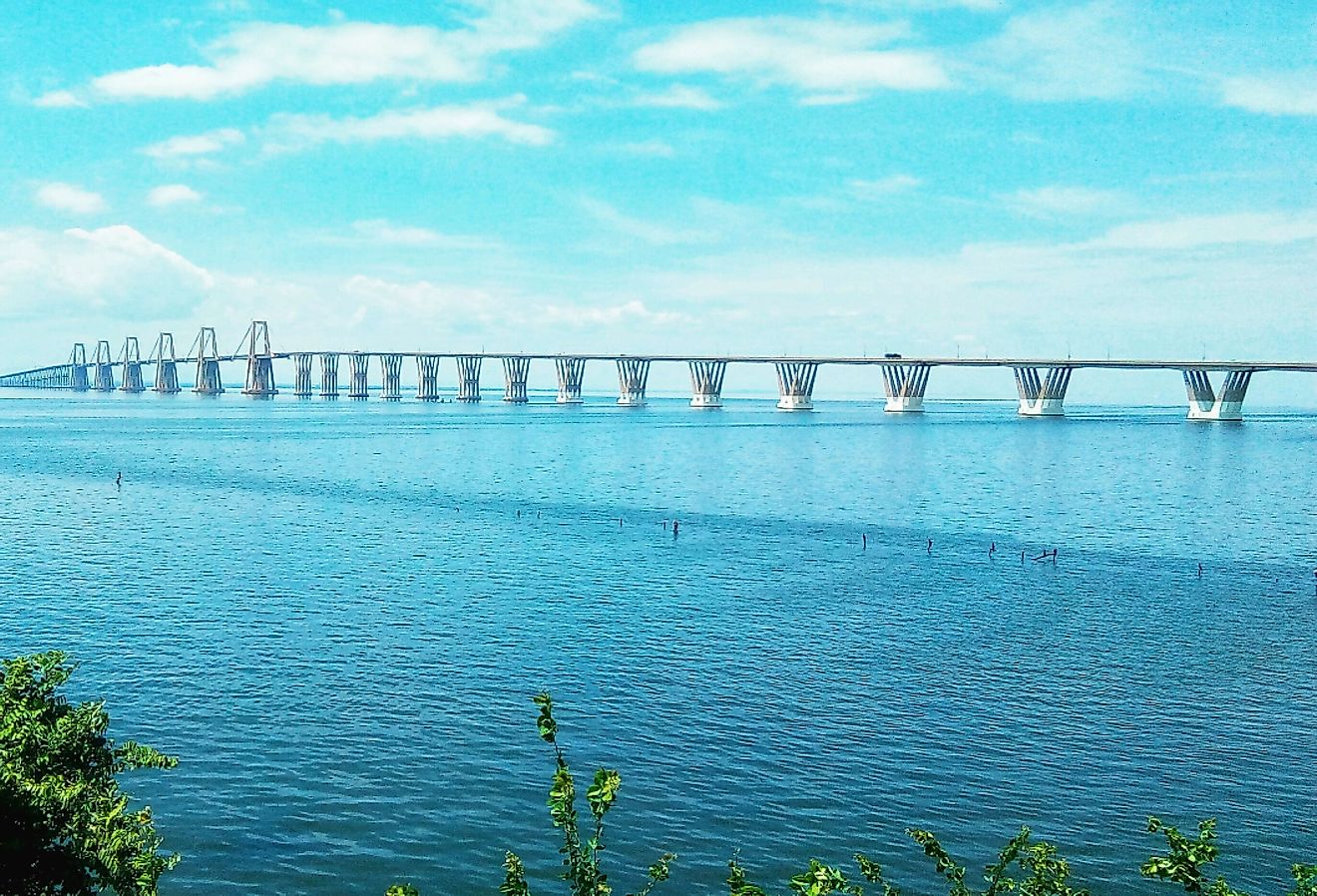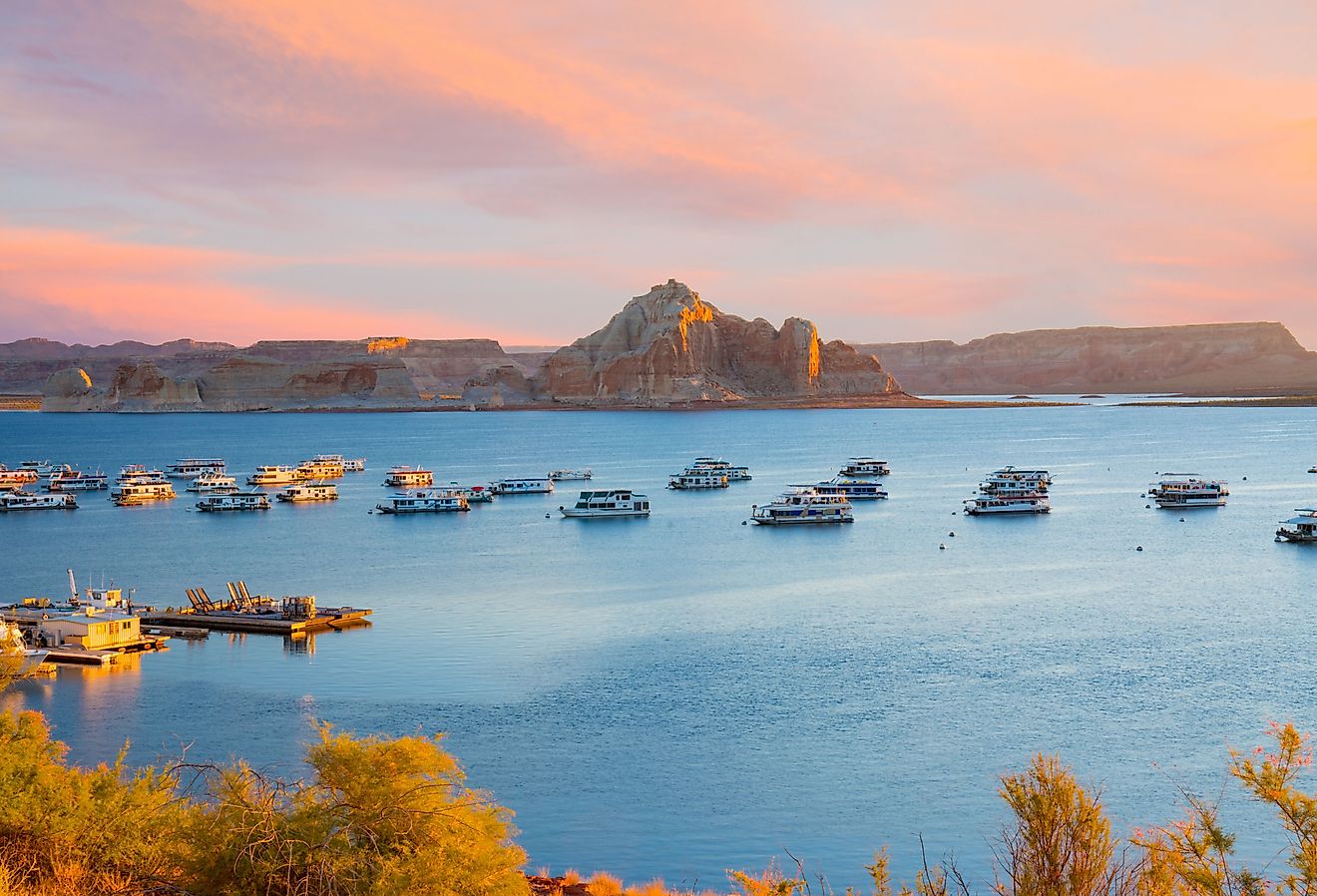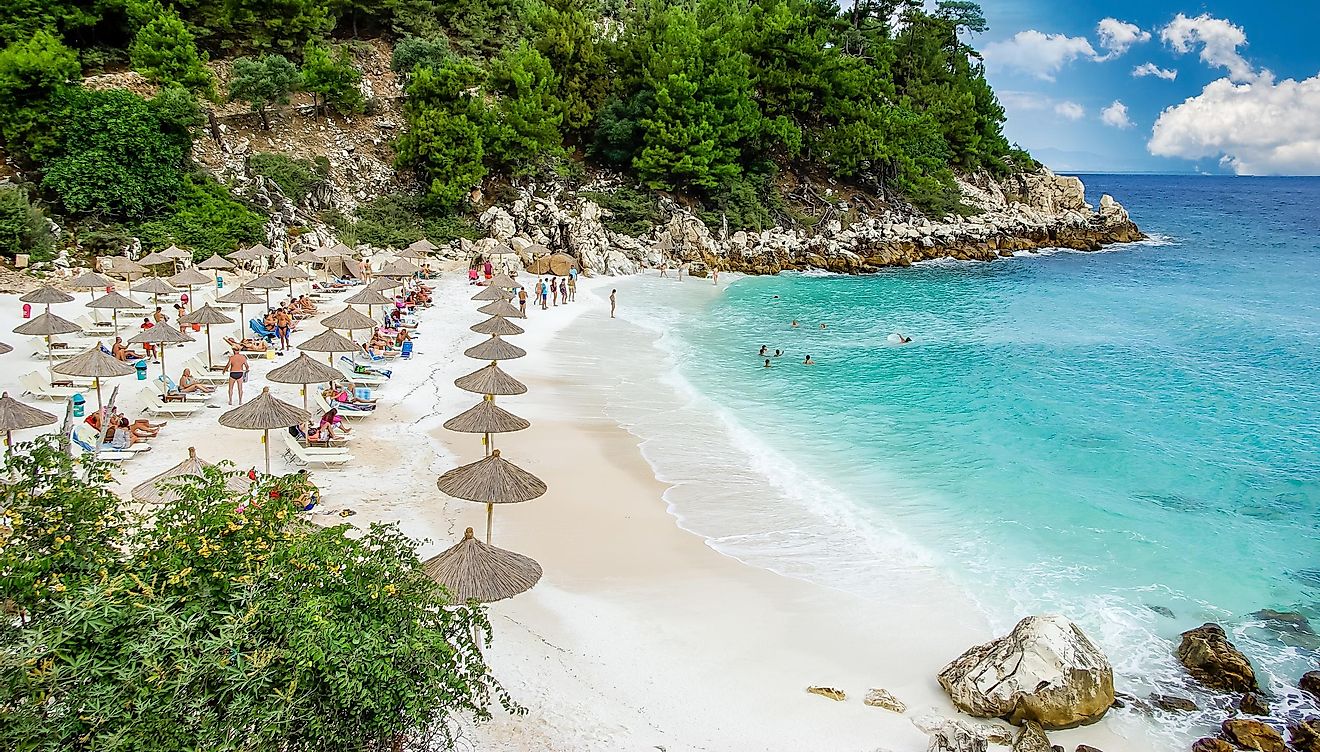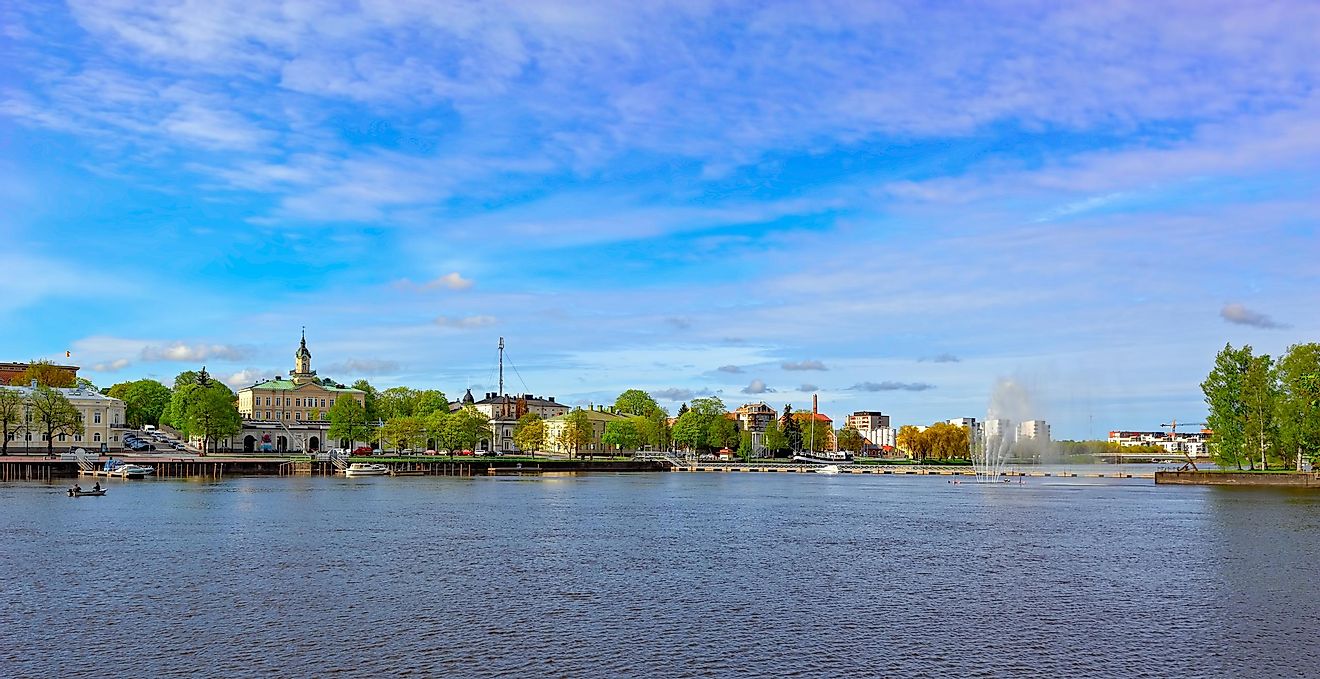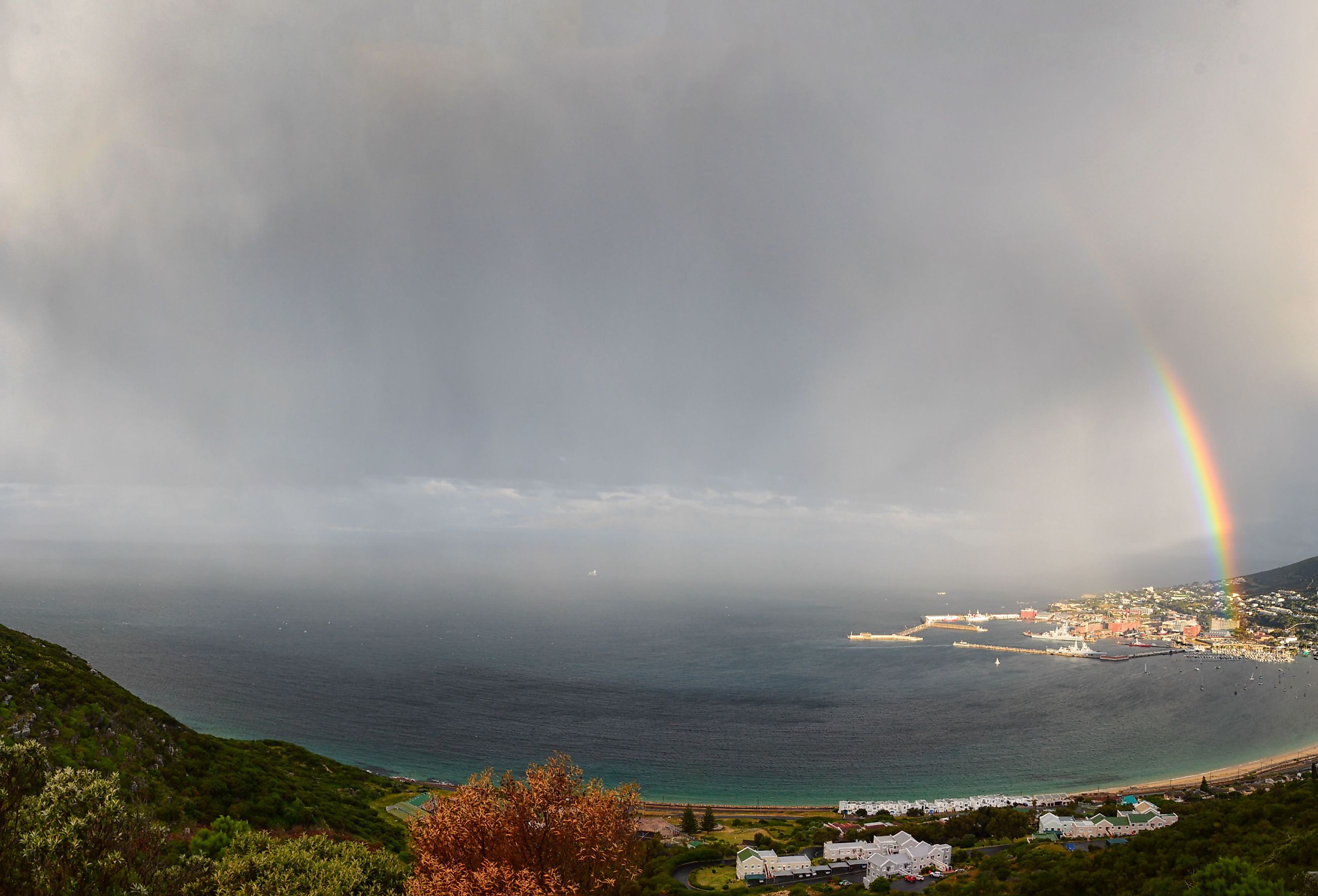
False Bay
False Bay is a horseshoe-shaped bay in the Atlantic Ocean between the Cape Peninsula and the Hottentots Holland Mountains in the southwest region of South Africa. The bay got its name after sailors erroneously believed they had reached Table Bay three hundred years ago. False Bay is 41 km wide and stretches over 116 km. The bay also boasts the world-renowned Clarence Drive which provides a spectacular, panoramic view over the water.
Where Is False Bay?
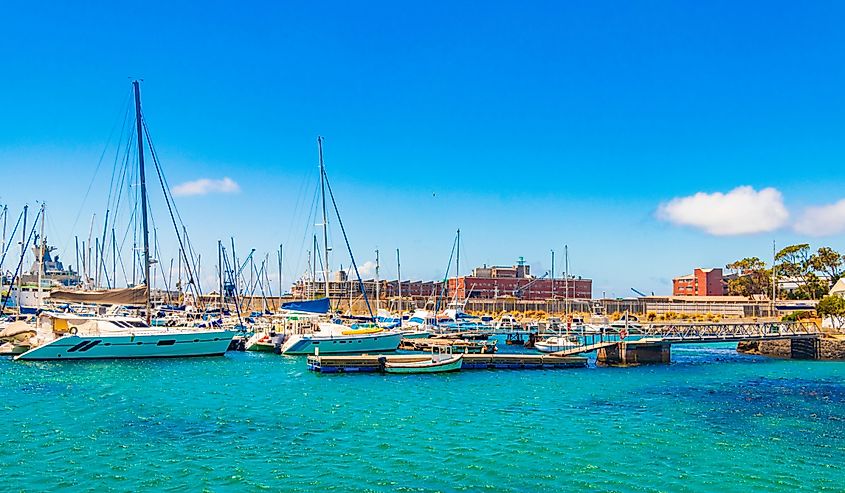
False Bay lies on the south side of the Cape Peninsula. The mouth of the bay also points south where it is hugged by Cape Point in the west and Cape Hangklip in the east. The Cape Flats sit north of the bay with much of the area situated off the coast of Cape Town. False Bay incorporates part of the Table Mountain National Park Marine Protected Area and holds the entire Helderberg Marine Protected Area.
The western side of the bay includes Simon’s Bay, while the coastline at Gordon’s Bay forms part of the northern boundary. Simon’s Town sits on the shore of the bay and is home to the largest naval base in South Africa.
False Bay Climate
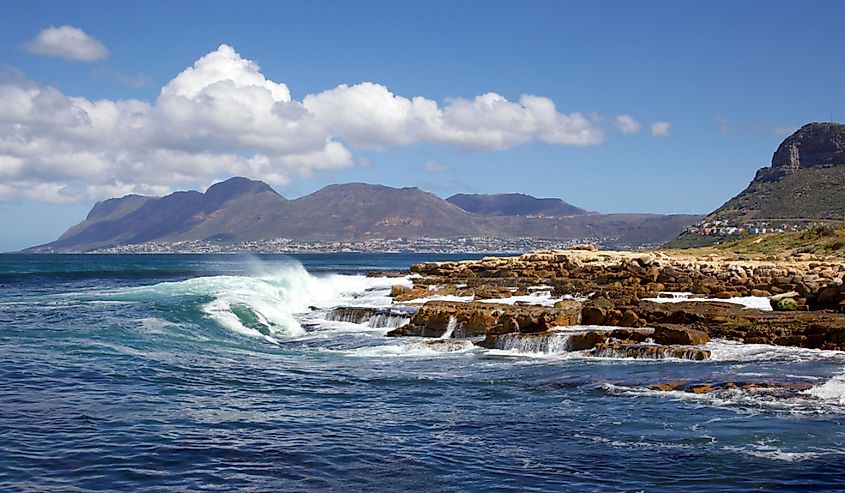
False Bay has a pleasant Mediterranean climate. The summers here are warm to hot, with nearly no rainfall, while the winters are cool and sometimes rainy. The water is much warmer than in the nearby Table Bay, thanks to the Agulhas current. Storms in the bay area often cause fierce winds.
Marine Life
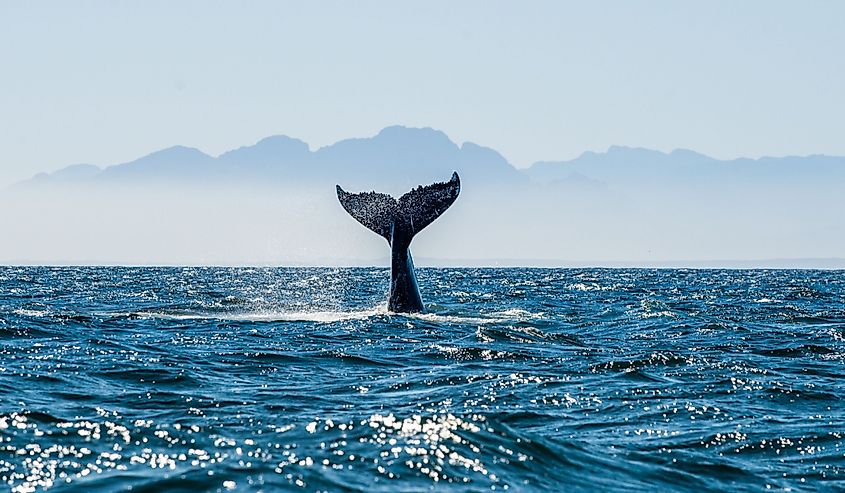
Marine life thrives in False Bay, with whales, seals, and dolphins frolicking in the water all year round. Common sightings include Bryde's whales, bottlenose dolphins, penguins, sharks, and a variety of seabirds.
Sometimes, orcas invade False Bay to prey on dolphins and sharks. Orcas often cause sharks to flee the bay for several weeks at a time.
When winter arrives, Southern Right and Humpback whales migrate to the South African coast. False Bay is a top whale-watching spot and while it was once part of the devastating whaling industry, it is a haven for whales today.
Fur seal bulls come ashore during October and November for mating season. Sea otters are often seen along the shore and the sparkling sea water provides glimpses of sea urchins, sea stars and other ocean life.
History of False Bay
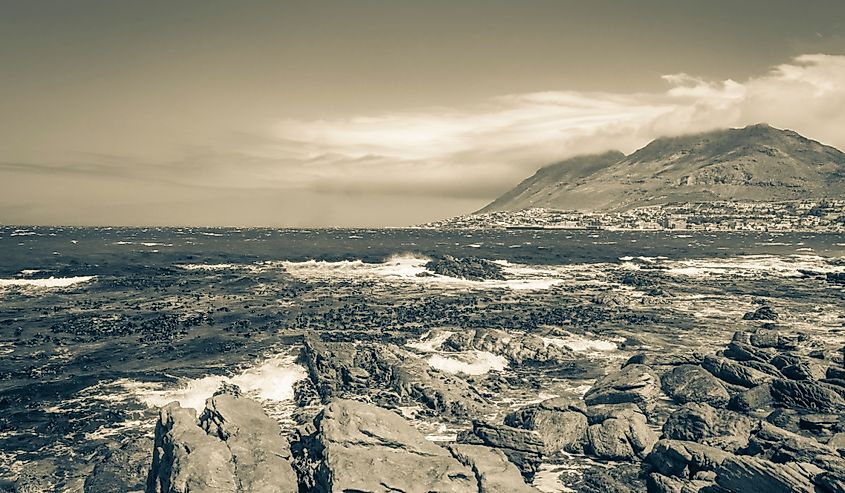
Long before anyone discovered False Bay, the Khoisan people would collect seafood along its shores. Research shows that the Khoisan walked the beaches here for 10,000 years.
In 1488 Bartolomeu Dias described False Bay as the “gulf between the mountains.” Soon after the Dutch settled in the bay, commercial fishing started. The Dutch anchored their warship, Goudvinck, at the Cape in 1672 before conducting a survey of False Bay. Simon van der Stel sailed False Bay in 1687 and was the first to describe its shoreline and islands. Van der Stel was also the first to record soundings of the bay.
Whaling and commercial fishing depleted marine life in False Bay. Whale operations took place here until as late as 1975, while people hunted seals for their fur up until 1984. These practices are illegal today.
False Bay Today
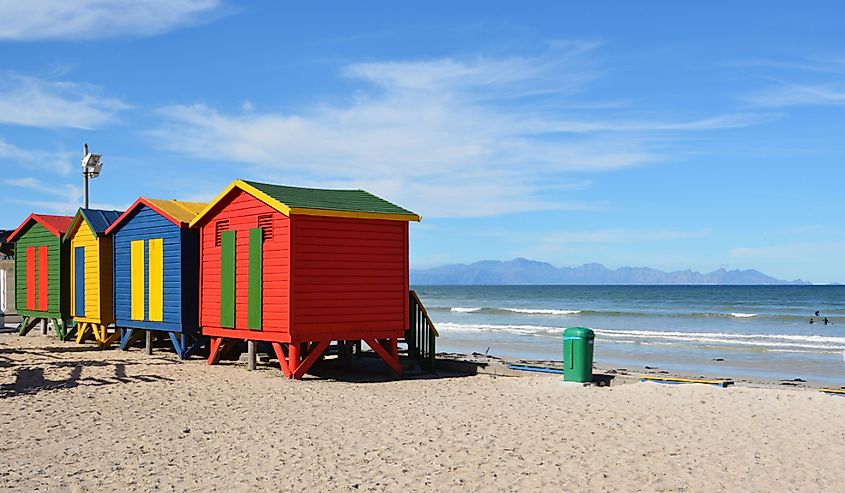
False Bay is a hub of activity and tourists. There are several beaches along the bay’s coastline, including Muizenberg Beach, and Fish Hoek Beach. One of the most famous beaches is Boulders Beach, which is one of the best places to get close to penguins in the wild.
There is also the False Bay Nature Reserve which is a favorite with birdwatchers. More than 240 bird species inhabit the reserve, with around 84 species choosing to breed there. The nature reserve is also a great spot for fishing, picnics, and water activities.
Sailing and rock angling are popular pastimes, especially in Gordon’s Bay because the marine at Harbour Island does not experience dangerous swells.
Conclusion
False Bay is important to the South African economy with the harbors supporting the Navy and the fishing industry. The bay also contributes greatly to tourism revenue. It is part of Cape Town, which is one of the top three tourist destinations in the country. False Bay’s history is littered with naval battles, pirate legends, and a collection of intriguing myths. These are just some of the reasons people still flock to the area and will continue to do so in years to come.
